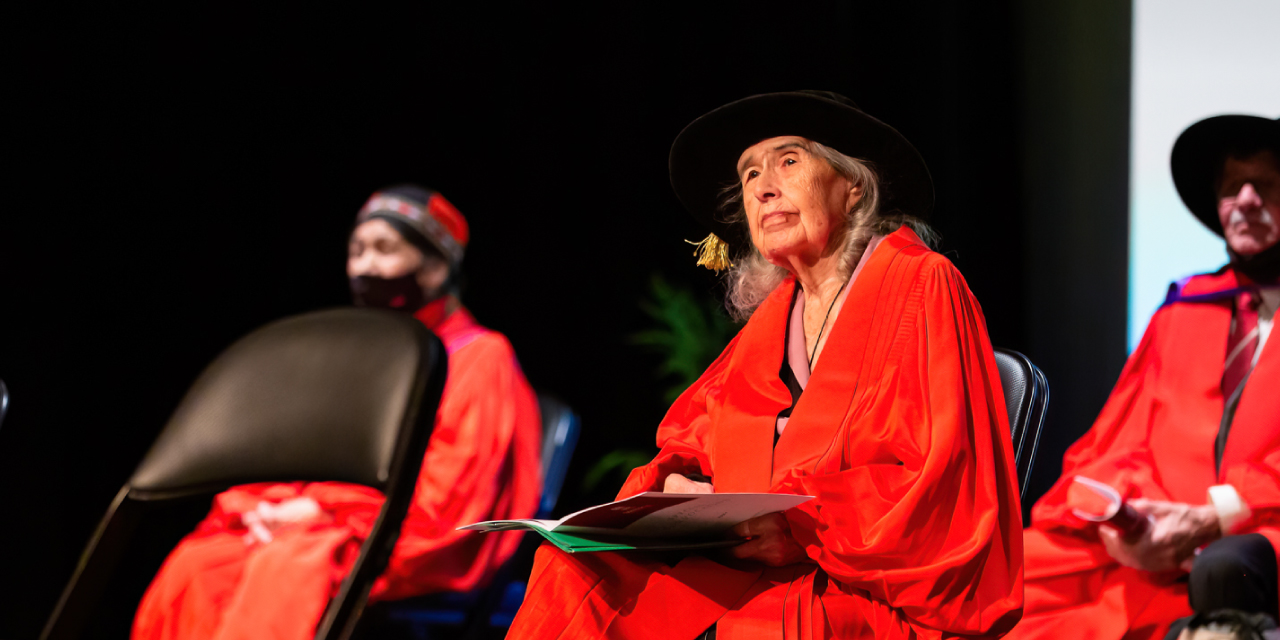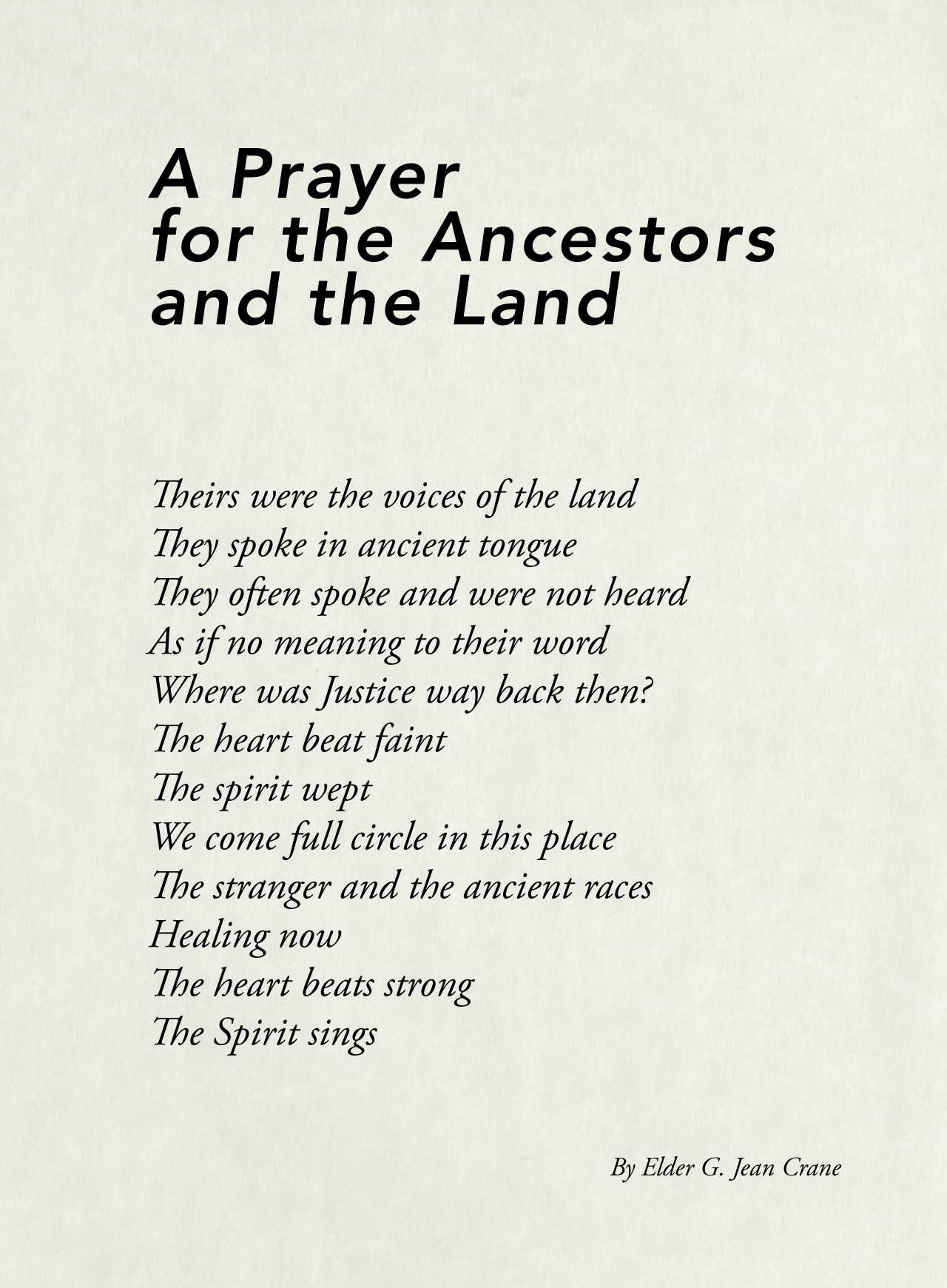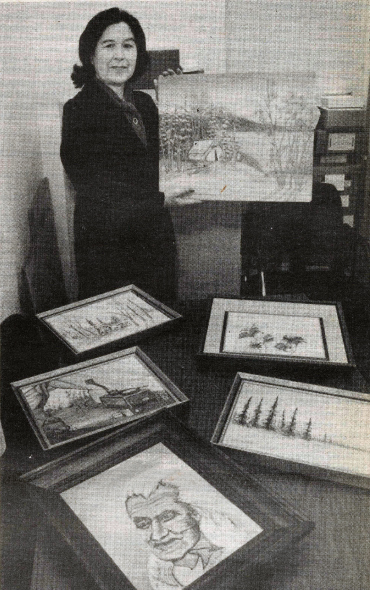Art and activism
For 50 years, Dr. Elder G. Jean Crane has been one of the most prolific and important artists in Labrador.
It may come as a surprise then to know that her career in art began accidentally.
In 1975, Elder Crane encouraged her husband, John, to take an introductory art course. When the class started, however, John was travelling. So Elder Crane went in his place.
That first introduction sparked a love for painting, and she decided to attend every class. In later years, she would go on to teach the course. Now she’s renowned for her landscapes inspired by the Big Land.
Though her contribution to the province’s art is significant, she’s also known for her unwavering commitment to the environment and people of Labrador.
Elder Crane grew up in North West River and Sheshatshiu. She’s the daughter of the famous trapper and guide Gilbert Blake and the great-granddaughter of Lydia Campbell, author of the first work ever published by a Labradorian.
Before there was a women’s shelter in her community, Elder Crane opened her own home to women in need of care and protection. Her efforts, fundraising and tireless advocacy eventually led to Libra House, an emergency women’s shelter in Happy Valley-Goose Bay that she administered until her retirement.

At a special session of convocation in 2021, the first ever held in Labrador, Elder G. Jean Crane was awarded the degree of doctor of laws, honoris causa, for her contribution to Memorial University and the culture and society of Labrador. Photo from Memorial University Archives.
She has for many years been a strong voice advocating for Indigenous-led educational opportunities in Labrador and across the North.
While first working to launch Libra House, she joined Memorial University’s Board of Regents in 1979 and served for six years. She became a member of the advisory council for the Labrador Institute for Northern Studies and was instrumental in creating the institute’s art gallery.
As a healer, she blends her training as a nursing assistant with her traditional knowledge of the healing capacities of the land.
As an educator, she’s made an invaluable contribution to Memorial as an Elder, mentor and teacher for the Inuit Bachelor of Social Work and the Inuit Bachelor of Education programs.
When the Labrador Institute prepared to transition into a full academic campus of Memorial University, Elder Crane became a member of the Labrador Campus Strategic Task Force.
During the task force’s first meeting in 2018, she offered a prayer, which she composed, to ground the institution in a commitment to both the past and the future.

Elder Crane died in September 2025.
But her art lives on and remains a form of activism.
It continues to ask that we see the landscape and scenery of Labrador not simply for the economic riches of its natural resources but from the perspective of someone who understands the life of the land and its heritage, power and fragility.
And her activism was always an art form. She knew our place in the story and consistently acted to bridge cultures, build communities and guide us on the right way forward.
